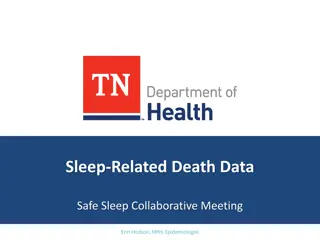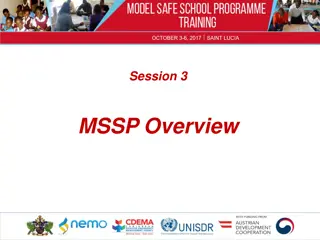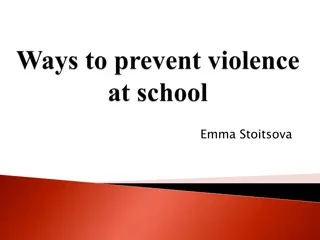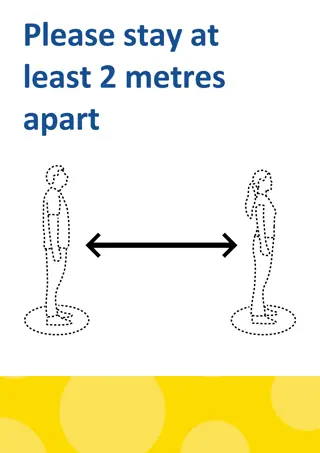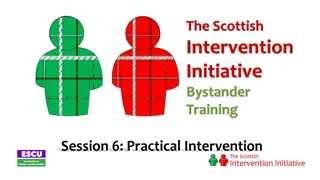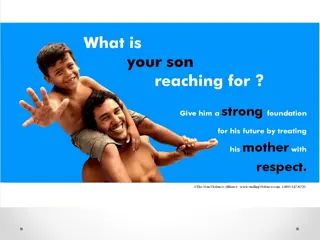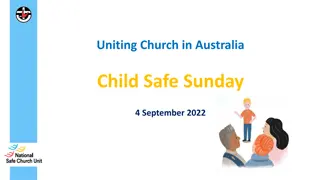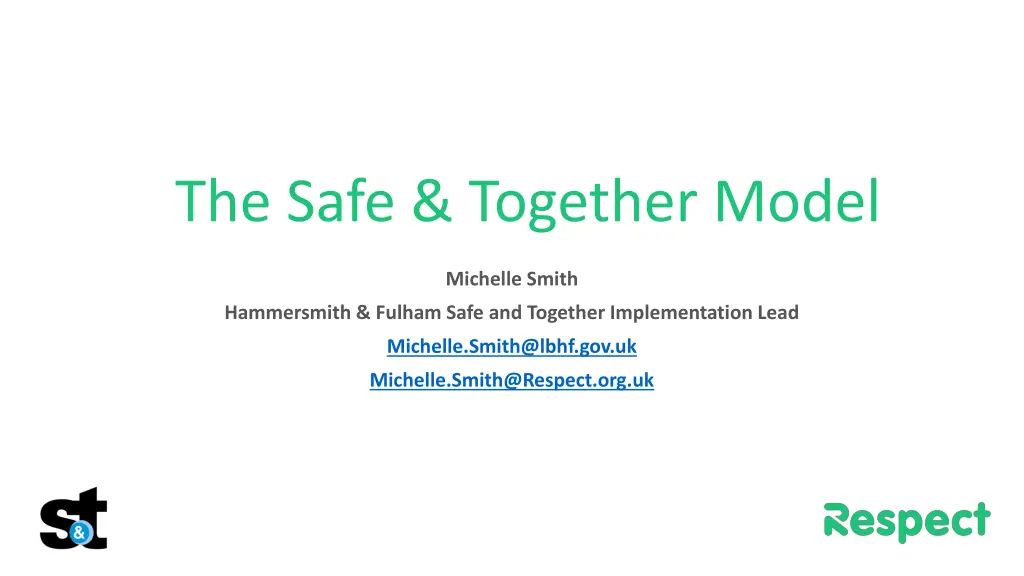
Understanding the Safe & Together Model for Child Protection Professionals
Learn about the Safe & Together Model, an internationally recognized training program designed to improve responses to domestic abuse by holding perpetrators accountable, supporting survivors, and ensuring children's safety. Discover the principles, strengths-based approach, and critical components of this model for a comprehensive understanding.
Download Presentation

Please find below an Image/Link to download the presentation.
The content on the website is provided AS IS for your information and personal use only. It may not be sold, licensed, or shared on other websites without obtaining consent from the author. If you encounter any issues during the download, it is possible that the publisher has removed the file from their server.
You are allowed to download the files provided on this website for personal or commercial use, subject to the condition that they are used lawfully. All files are the property of their respective owners.
The content on the website is provided AS IS for your information and personal use only. It may not be sold, licensed, or shared on other websites without obtaining consent from the author.
E N D
Presentation Transcript
The Safe & Together Model Michelle Smith Hammersmith & Fulham Safe and Together Implementation Lead Michelle.Smith@lbhf.gov.uk Michelle.Smith@Respect.org.uk
Safe and Together: What is it? An internationally recognised training programme, with an associated package of tools and resources, designed to help child protection professionals to improve their response to domestic abuse. The Safe & Together Model encourages professionals to: Hold perpetrators responsible for their abusive behaviour Support survivors towards safety and freedom Improve children s safety and wellbeing The model s name comes from the idea that wherever possible, children should be kept safe and together with their non-abusing parent in most cases their mother.
Safe and Together Principles 1 Keeping child Safe and Together with non-offending parent Safety | Healing from Trauma | Stability & Nurturance 2 Partnering with non-offending parent as default position Efficient | Effective | Child-centred 3 Intervening with perpetrator to reduce risk and harm to child Engagement | Accountability | Courts
Moving to a more comprehensive strengths lens Safety: Physical & Emotional Examples Managing household to reduce children s exposure to abuse Sending children away (other room, other house, relatives, after school activities) Verbally or physically intervening to protect children Getting order of protection Healing from Trauma Examples Talking to children Bringing to counseling Providing normalcy/routine/enjoyable activities Engaging relatives in lives of children Stability and Nurturance Examples Making sure household continues to function Maintaining children s basic needs Informing children about any changes in household Parenting in a foxhole
Safe & Together Critical Components Perpetrator s pattern of coercive control Role of substance abuse, mental health, culture & other socio- economic factors Actions taken by perpetrator to harm child Full spectrum of non-offending parent s efforts to promote child safety & wellbeing Adverse impact of perpetrator s behaviour on child
Perpetrator Pattern Based Approach Looks at the perpetrator s behaviour, not the relationship, as the source of the domestic abuse. Highlights the choice(s) to be violent, abusive and controlling. Goes beyond the current relationship. Child safety and wellbeing not automatically resolved by ending the relationship or change in living arrangement Risk and safety assessments need to include perpetrator s behaviour in other relationships and settings More than adult on adult behaviour Includes the direct and indirect involvement of children in the pattern of behaviour
Multiple Pathways to Harm Perpetrator s Pattern Coercive control toward adult survivor Actions taken to harm children Children s Trauma & Safety Victim of physical abuse Seeing, hearing or learning about the violence Effects on Family Ecology Effect on Partner s Parenting Loss of income Housing instability Loss of contact with extended family Educational and social disruptions Depression, PTSD, anxiety, substance abuse Loss of authority Energy goes to addressing perpetrator instead of children Interference with day-to-day routine and basic care Harm to Child Behavioural, Emotional, Social, Educational Developmental Physical Injury
Implementation Lead: Provide support to help embed the model and conduct regular case consultations / workshops etc Helping practitioners to consistently apply the model to their practice. Support practitioners in using the S&T tools to undertake more robust assessments. Monitor the progress of the project via ongoing case file audits and by evaluating social care data if required. What does this mean for your borough?
Safe and Together Training Overview Training: This training offers an overview of the model and takes place over 2 half-days. CORE Training: This is an in-depth training, designed to provide a skills-oriented foundation for domestic violence-informed practice for professionals. The training is four-days in total, spread over two weeks. Each day covers a different area of practice. Day 1: Assessment Day 2: Interviewing Day 3: Documentation Day 4: Case Planning








